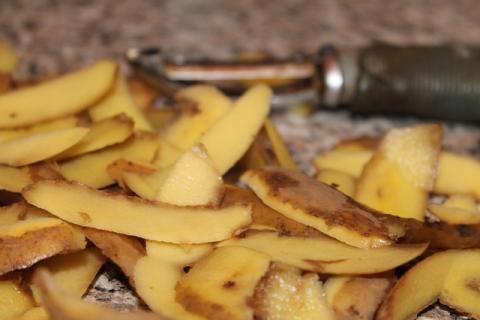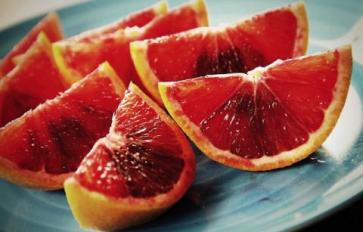
Not long ago, I was digging through my cupboards looking for some protein to add to a meal. I came across a can of black-eyed peas and thought I was in luck—that is, until I saw the expiration date. Two years ago! Instinctively, I reached to put the can in the trash.
But wait. Isn’t canned food supposed to last forever?
Well, maybe not “forever,” but canned food does last for years, and that means even past the expiration date. There’s a reason the common image of an apocalypse-ready storehouse is packed with canned food. And canned items aren’t the only foods that often get thrown away unnecessarily. Here’s a quick breakdown of foods that get needlessly tossed and what you can do with them instead.
Expired Perishables
Milk, juice, eggs, and more have sell-by or expiration dates printed on the packaging. These dates don’t typically measure the date when the product goes bad, though, just the date when the product won’t taste its best anymore. The difference between “best taste” and the taste a few days later is often barely perceptible, unless you’re a super-taster. So let a few days slide. If the food looks and smells normal, there’s no need to throw it out.
Canned Food
These “non-perishable” food items can be good for years, sometimes even decades. Scientists have actually analyzed a can of corn from 1934 and found it still safe to eat. So chances are, the cans on your shelf are just fine. As always, use your sight and smell when you open the can—if something seems off, toss it. But don’t let an expired date steer you away. As long as the can itself isn’t damaged, the food should still be good.
Vegetable Greens
It didn’t phase me that people often cut and tossed their beet and carrot greens, until I was a broke grad student participating in a farmshare program and wanted to make my produce last as long as possible. The Internet became my savior: “Are beet greens edible? Can carrot tops be cooked?” The answer, no matter what part of what vegetable I asked about, was almost always yes. Use extra greens to make wraps, salads, and any vegetable dish more interesting.
Sprouted Veggies
Onions, garlic, and other vegetables that might sprout in your cupboard don’t need to be discarded. Instead, they can be multiplied! In fact, you can even regrow carrots from their greens, or a head of lettuce from its base. There’s plenty of information online about what you can regrow and how to do it—most can be done in small apartment settings as well as homes with full gardens. Make sure you’re buying organic, though, as non-organic veggies usually contain chemicals that kill regrowth.
Fruit and Vegetable Peels
Although most fruit peels are not good to eat, there are other uses for that orange or lemon skin. Use lemon peels to scrub kitchen surfaces and containers with salt or baking soda. Add peels to vinegar, honey, or oil to make an infusion—just put the ingredients in a tightly sealed container in a cool, dark place for a week and then strain before using. Boil and strain out vegetable peels for a vegetable stock that can be frozen for future use. You can also make some past-their-prime fruits and veggies into facemasks.
Wilted Greens
Limp, browning lettuce, kale, or other greens aren’t done for yet. Just cut off the brown parts and submerge the rest in cold water for twenty minutes to an hour. The wilt is due to a loss of moisture, so the water bath will allow the leaves to soak up water and become crisp again for a day or two.
Stale Bread
For handmade croutons, cut stale bread into cubes; toss with olive oil, salt, and herbs; and toast until crispy. Or, bake the bread on low heat until completely dry and put it in a food processor to get bread crumbs (mix them with herbs and salt as well, if desired). They can be stored frozen if you don’t need them yet. You can also use stale bread in cooking, such as for a French toast or bread pudding recipe—you won’t even notice the staleness once it’s done.








